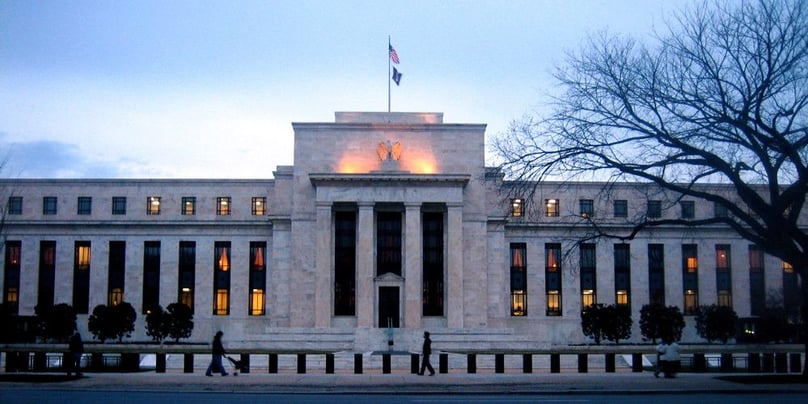As the Federal Reserve maintained a steady rate through five successive meetings in 2025, sustainable high savings yields resulted. However, this landscape is expected to shift soon. Financial markets are forecasting a rate cut in the coming months, with higher chances seen for October. This shift is pivotal for savers as bank account yields usually mirror the Fed's benchmark rate. Currently, savings accounts are offering rich 4%-5% yields, well above the norm, due to the high rate. These rates, though, are on the brink of a potential drop following the anticipated cuts.
Ideally, savings should not only grow but also remain accessible. This can be achieved through flexible accounts such as savings, money market, and checking accounts. These allow for periodic deposits and withdrawals. Top-paying options can be found by scrutinizing daily rankings.
Most savers find high-yield savings accounts to be the ideal starting point. Though the national average savings rate is a meager 0.39% APY, top accounts currently offer between 4.30% and 5.00%-leading to earnings that are more than 11 times higher. The contrast is starker for savers with money in standard savings accounts in big banks that offer near-zero rates.
Many high-yield savings accounts are provided by online banks or traditional banks' online divisions. This may necessitate opening an account with a new banking institution. Fortunately, electronic transfers between banks are typically swift, taking just one to three days. Housing your savings in a separate bank could further discourage impulse spending from those accounts.
Money market accounts offer the distinct feature of paper checks that can be written directly from your balance. This might not appeal to all, but for those who appreciate this characteristic, this account type is worth a consideration. In terms of earnings, the best money market accounts can pay up to 5.00% APY, equalling the top savings accounts. However, beyond this yield, most money market rates are lower compared to the highest-paying savings alternatives.
Contrary to typical checking accounts that don't pay interest, high-yield or reward checking accounts offer generous rates, sometimes as much as 6% APY. Such premium rates, however, are tied to certain conditions, like frequent debit card use. For those who can't or won't adapt to these spending habits, no-debit-requirements options exist, still providing a 5.00% to 5.05% APY on a regular ACH or direct deposits basis.
Certificates of deposit (CDs) lock in your rate until maturity. In an impending Fed rate cut scenario, this feature becomes markedly appealing, with the leading CDs offering mid-4% rates or even as high as 4.60%. The user must, however, choose a term that suits their financial plans, as early withdrawal penalties can diminish earnings.
Combining a flexible high-yield account with CDs gives savers the best of both worlds-shell-capital ready for any unexpected expenditures, plus assured returns on funds that won't be touched soon. With this strategy, you can readily access cash while banking on today's higher returns.
To maximize returns, compare institutions, and opt for those that provide the best nationally available rates. Note, however, that these top rates, are significantly higher than national averages, thus making banking comparisons worth your time. Still, ensure your chosen institution is federally insured and the account's initial deposit isn't exceedingly high. Making these educated choices will help you safely navigate the landscape affected by potential Fed cuts.

